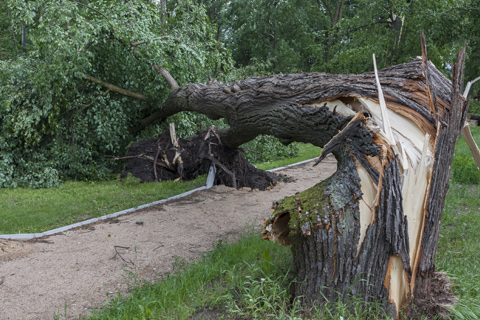Notice: Undefined variable: page in /home/vrxdg1855sn3/public_html/wp-content/themes/72tree/content.php on line 15
Notice: Trying to get property 'ID' of non-object in /home/vrxdg1855sn3/public_html/wp-content/themes/72tree/content.php on line 15
Assessing Tree Damage Post Hurricane
 The very random weather condition in Georgia can be tough on trees. 72tree.com deals in disaster relief, so we often see the impact of weather on trees. Regardless of whether it’s a hurricane, ice storm, hail, tropical storm or strong winds, immediately after the weather event, caution and care should be taken to treat and heal the affected trees immediately.
The very random weather condition in Georgia can be tough on trees. 72tree.com deals in disaster relief, so we often see the impact of weather on trees. Regardless of whether it’s a hurricane, ice storm, hail, tropical storm or strong winds, immediately after the weather event, caution and care should be taken to treat and heal the affected trees immediately.
Trees in native stands are said to sustain fewer wounds and decay when compared to their counterparts in the urban and suburban environments. Severe storms like hurricanes and torrential downpour in addition to debris and structures can causes trees to sustain severe and fatal injuries.
Humans to a large extent contribute to these injuries – albeit by accident, such as construction equipment, vehicles, bumping into the tree trunks, lawn mowers, improper pruning and surface roots. Other natural events like severe storms can cause devastating injuries, crown damage and on some occasions, total destruction of the trunk.
Evaluating Tree Damages
Often times, trees easily recover from severe damages arising from harsh storms. Before felling trees that can be saved, use the guide below to help you diagnose them;
Missing Limbs – The more severe the damage to the tree limb is, the lesser the chances of recovery. If a majority of the branches are gone, removal should be considered as the tree has a very little chance of pulling through.
Is the Crown Intact? – If the crown of the tree has a significant portion of its branches affected, removal should be pondered as it may not produce enough to last another season. The crown extends from the tree trunk in the canopy region.
Multiple Missing Limbs – Normally, the remaining limbs are expected to grow rapidly to replace the missing foliage. Check to see that the branches are in the right place, as they will help in giving the tree a fuller appearance.
Assessing Trunk Wounds and Their Treatment
Trunk wounds that pierce the bark of the tree will damage its cambium layer – a thin layer of vascular tissue, which helps in conveying mineral and nutrients. In the event that there is a wound on the trunk, carefully, the injured bark should be removed, what should remain is a healthy bark that is healthy and firmer on the tree.
Decay-causing fungi can initialize a decay process when a wound occurs. Trees have a special defense system – the wood around the wound produces a special compound in the wood cells that will obstruct and segregate the affected part – this process is known as compartmentalization.
To hasten the healing process, branches affected by the storm should be properly pruned. 72 Tree warns to ensure that you do not prune directly against the trunk as flush cuts can cause widespread decay.
Tree Removal as a Last Resort
Tree removal is often at the bottom of the list, but some circumstances can justify the action. Furthermore, our Arborist treesaregood.org/findanarborist/findanarborist/id/169107 can help you ascertain if a tree needs to be removed or not.
However, before a decision can be reached, these factors should be taken into consideration:
• The age
• The species
• Type of soil and saturation
• The tree’s capacity to sprout and recover
• The tree’s position (level or sloped terrain)
Once you have reached a decision, arrange a meeting with a professional tree service to treat or have the tree removed. In conjunction with an arborist, tree professionals have the needed skill, equipment and experience to safely remove a tree in the safest possible manner.
